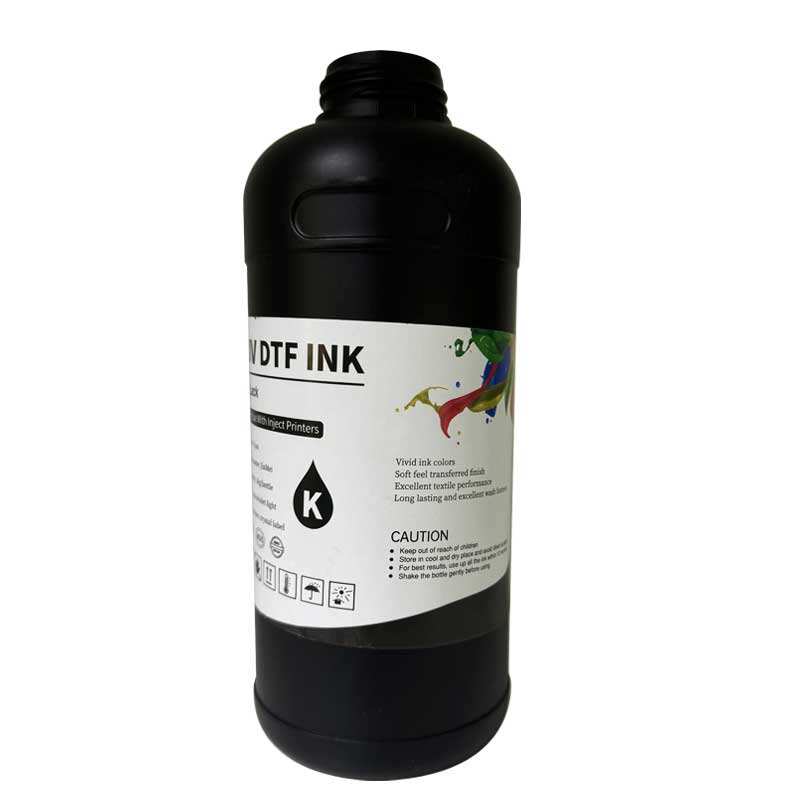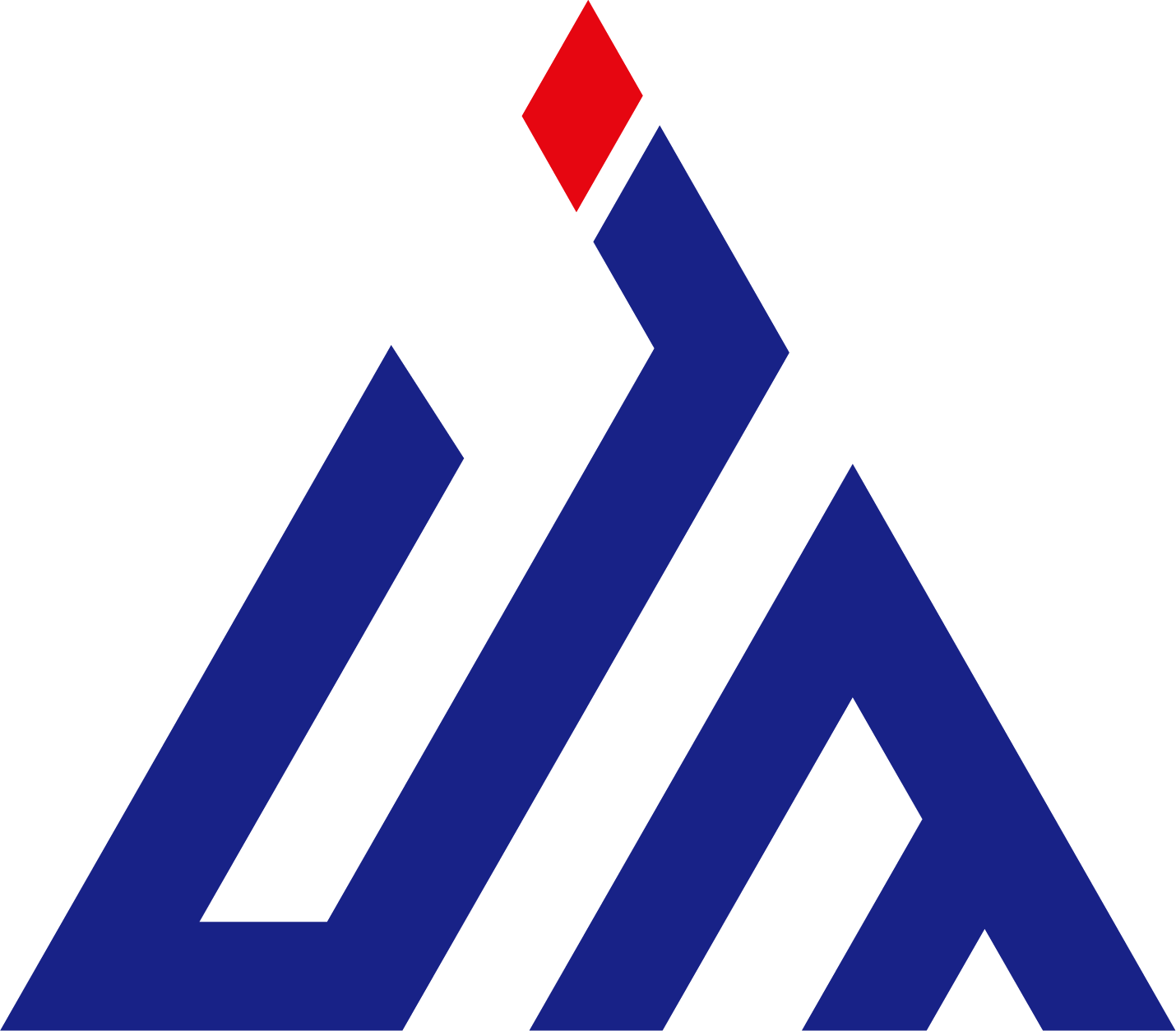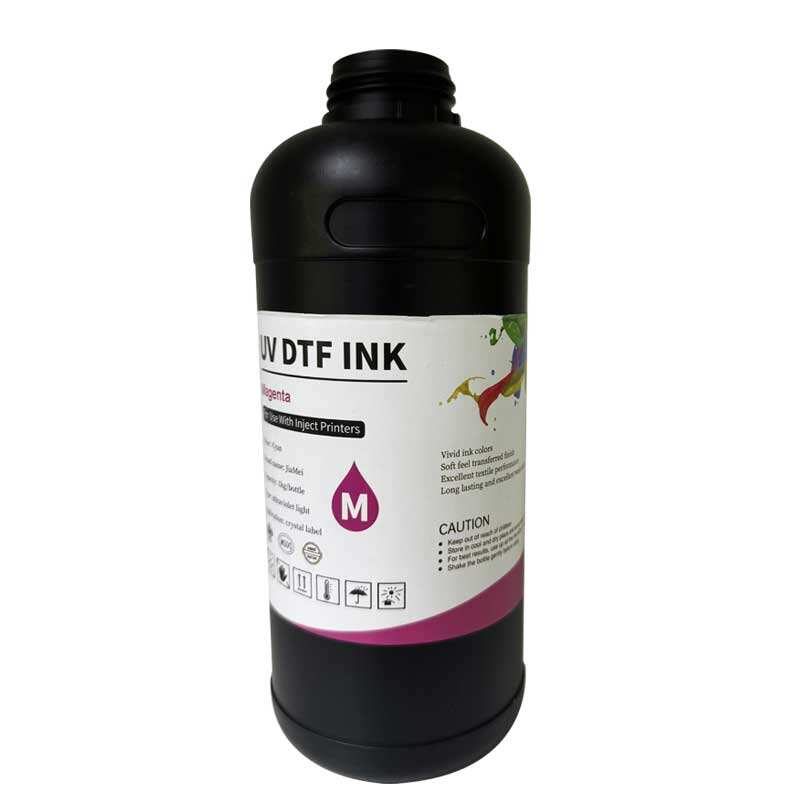Understanding Modern UV Ink Technology
The landscape of UV ink technology has evolved dramatically in recent years, transforming the printing industry with innovative formulations and enhanced capabilities. UV ink brands continue to push boundaries in 2025, offering unprecedented color vibrancy, substrate versatility, and environmental benefits. As the market expands, choosing the right UV ink becomes crucial for print providers seeking to deliver superior results while maintaining operational efficiency.
Today's UV ink formulations represent the pinnacle of printing technology, combining instant curing capabilities with exceptional durability. The latest advancements have addressed historical challenges like adhesion issues and color consistency, making UV inks the preferred choice for high-end commercial printing, packaging, and industrial applications.
Premium UV Ink Manufacturers Leading the Market
Industry Giants and Their Signature Products
EcoPrint Solutions has emerged as a frontrunner in the UV ink sector, with their EcoFlex series capturing significant market share. Their formulations offer exceptional color saturation while maintaining environmental compliance. The brand's commitment to sustainability has resulted in bio-based components that reduce environmental impact without compromising performance.
UltraSpec Technologies continues to dominate the high-end segment with their ProCure line, featuring advanced photo-initiators that ensure reliable curing even at high production speeds. Their color management systems have set new standards for consistency across different substrates and printing conditions.
Emerging Players Reshaping the Industry
ChromaTech Innovations has disrupted the market with their revolutionary NanoFuse UV ink series. Their proprietary nanoparticle technology delivers superior scratch resistance and color stability, particularly in challenging outdoor applications. The brand's rapid rise reflects growing demand for specialized UV ink solutions.
Several boutique manufacturers have also gained recognition for their custom formulations. SpectraFlex Inks specializes in security printing applications, while PurePrint Systems focuses on food-safe packaging solutions with their certified low-migration UV inks.

Color Performance and Gamut Analysis
Advanced Color Management Systems
Modern UV ink brands have made remarkable strides in color reproduction accuracy. The latest formulations achieve up to 96% Pantone coverage, significantly outperforming conventional ink systems. Enhanced pigment dispersion technology enables finer color control and broader gamut representation.
Digital color management integration has become a key differentiator among leading UV ink brands. Advanced spectrophotometric analysis ensures consistent color matching across different production runs and substrates, reducing waste and improving efficiency.
Special Effects and Custom Solutions
Premium UV ink manufacturers now offer expanded specialty ink options, including metallics, fluorescents, and texture effects. These advanced formulations maintain excellent curing properties while delivering unique visual and tactile characteristics that set premium prints apart from standard offerings.
Custom color matching services have become increasingly sophisticated, with leading brands offering rapid formulation development and small batch production capabilities. This flexibility allows printers to meet specific brand requirements without compromising quality or delivery times.
Cost Analysis and ROI Considerations
Initial Investment and Operating Costs
While premium UV ink brands command higher upfront costs, their superior performance often yields better long-term value. Factors like reduced waste, faster curing speeds, and improved durability contribute to favorable return on investment calculations. Advanced formulations typically require less maintenance and generate fewer rejected prints.
Production efficiency gains can offset the higher material costs of quality UV inks. Modern formulations achieve optimal coverage with thinner ink films, reducing consumption while maintaining color density. Energy-efficient curing systems compatible with these inks further enhance cost savings.
Long-term Value Proposition
Leading UV ink brands invest heavily in research and development, continuously improving their formulations to reduce total operating costs. Innovations in raw materials and manufacturing processes have led to more stable pricing structures, helping printers better manage their expenses.
Support services provided by premium manufacturers, including technical consultation and color management assistance, add significant value beyond the basic ink cost. These services can substantially reduce setup times and minimize production issues.
Durability and Performance Testing
Environmental Resistance Standards
Top UV ink brands subject their products to rigorous testing protocols that exceed industry standards. Weather resistance testing includes accelerated aging simulations, UV exposure trials, and temperature cycling tests. Leading manufacturers provide detailed performance data and warranty coverage for specific applications.
Chemical resistance has become increasingly important, particularly in industrial and packaging applications. Premium formulations demonstrate superior resistance to common solvents, cleaners, and environmental stressors while maintaining color stability and adhesion properties.
Quality Control and Consistency
Advanced quality control systems ensure batch-to-batch consistency across all UV ink product lines. Manufacturers employ sophisticated testing equipment and standardized procedures to verify critical parameters like viscosity, surface tension, and curing response. Regular third-party testing validates performance claims and compliance with international standards.
Documentation and traceability systems help maintain quality standards throughout the supply chain. Leading brands provide detailed technical data sheets and safety documentation, supporting efficient production planning and regulatory compliance.
Environmental Impact and Sustainability
Eco-friendly Formulations
Progressive UV ink brands have embraced sustainability initiatives, developing formulations with reduced environmental impact. Bio-based components, recycled materials, and energy-efficient curing systems contribute to smaller carbon footprints. Manufacturers increasingly provide detailed environmental impact data and sustainability certifications.
Waste reduction strategies include recyclable packaging, bulk delivery systems, and improved ink management tools. Some manufacturers offer take-back programs for unused materials and packaging, supporting circular economy principles.
Regulatory Compliance and Safety
Leading UV ink brands maintain comprehensive compliance programs addressing global regulations and safety standards. Low-migration formulations meet strict requirements for food packaging and sensitive applications. Manufacturers provide detailed safety data and application guidelines to ensure proper handling and use.
Ongoing research focuses on eliminating potentially harmful components while maintaining performance characteristics. Industry leaders collaborate with regulatory bodies to develop future-proof formulations that anticipate evolving standards.
Frequently Asked Questions
How do UV ink brands ensure color consistency across different substrates?
Premium UV ink manufacturers employ advanced color management systems and specialized formulation techniques to maintain consistency across various materials. They utilize sophisticated spectrophotometric testing and provide detailed substrate-specific guidelines to achieve optimal results. Regular quality control testing and batch verification processes ensure reliable color reproduction.
What makes certain UV ink brands more suitable for outdoor applications?
Superior outdoor-grade UV inks incorporate specialized photo-initiators and UV-stable pigments that resist fading and degradation. Leading manufacturers conduct extensive weathering tests and provide detailed durability data for different environmental conditions. Advanced polymer technology ensures better adhesion and resistance to temperature fluctuations.
How do premium UV ink brands justify their higher costs?
High-end UV inks deliver value through superior performance, reduced waste, and improved production efficiency. Advanced formulations require less maintenance, generate fewer rejected prints, and often achieve better coverage with less material. Additionally, premium brands provide comprehensive technical support and color management services that contribute to overall cost effectiveness.

